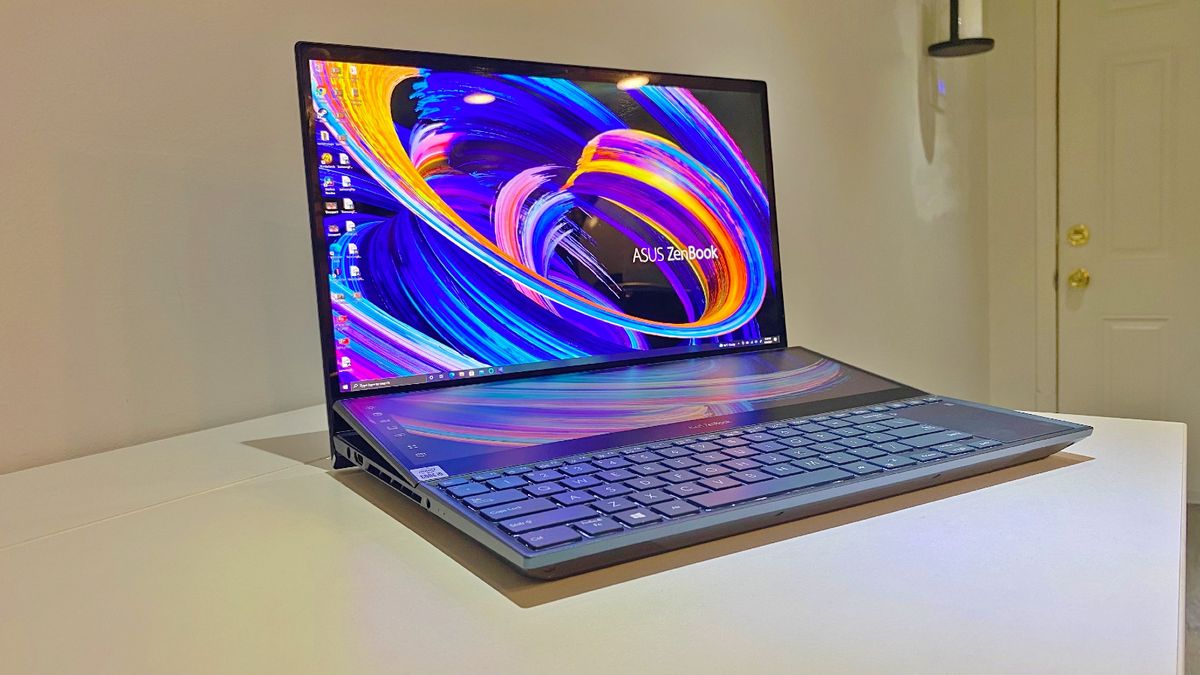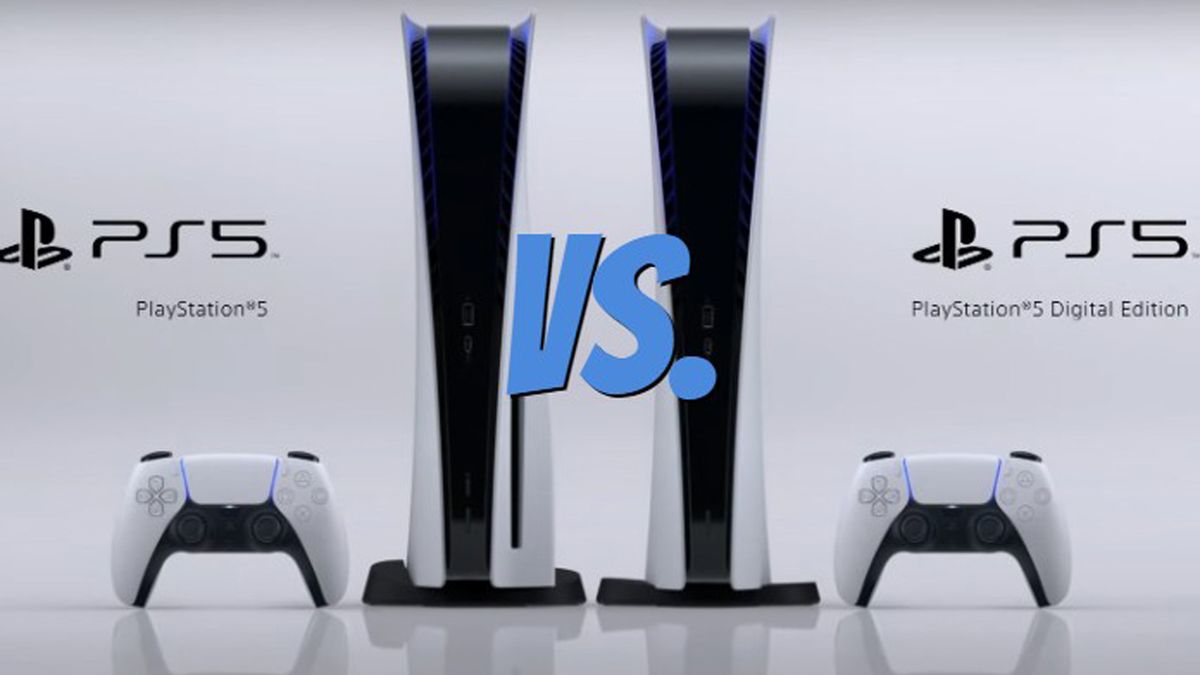The best 4K laptops are beautiful enough to make your jaw drop. Yes, you can watch movies and TV shows all in 1080p if you want, but with a sharper resolution, at 3840 × 2160, 4K panels are typically brighter and even more colorful than 1080p screens. And since there’s an increasing number of games that support this resolution, the best gaming laptops are stacked to deliver the best experience possible.
There’s a huge selection of the best 4K laptops, and you’ll find these super-sharp displays on the best laptops you can buy, including the best 2-in-1 laptops and workstations. And the best 4K laptops can double as video editing laptops and the best photo editing laptops as well. However, keep in mind that 4K laptops typically don’t have the best battery life around, so there are some compromises you’ll have to make. If you or your kid have a wild imagination and need a fun and safe outlet for that, check out our DND tips page to get started on the world’s best adventure game.
We determined which were the best 4K laptops by measuring the nits of brightness and the percentage of sRGB that their panels cover. When (not if) 8K laptops arrive, we’ll be ready for a whole new page for you.
What are the best 4K laptops?
If you’re looking for the best 4K laptop ever, that would be the Dell XPS 15. Not only does it have the brightest 4K screen around, but it also totes some impressive battery life, so you won’t be making the one compromise that you typically would on most 4K laptops. This also marks the first time the XPS 15 gets an OLED display, which is in itself monumental. But the system also packs an overclockable Core i9 processor and pairs it with a discrete Nvidia GTX 1650 GPU, making for one beautiful beast. If you’re looking to get into video editing or some light to medium taxing games, this laptop is perfect for you.
But, if you’re a full fledged gamer, the Gigabyte Aero 17 HDR is the best 4K gaming laptop that you can buy. You get all the bells and whistles, including a gorgeous 17.3-inch, 4K HDR display, a super-comfortable keyboard, solid battery life and strong overall performance, all packed into a sleek design. You’ll even get an Nvidia GeForce RTX 2070 Max-Q GPU, and while it’s not as good as competitors, it’ll still net you high frames in your favorite games.
People who need a machine for professional creative work like 3D modelling and video editing 4K content, you’ll probably want the MSI WS65 9TM, which is the best 4K workstation available right now. The WS65 packs a powerful 9th-Gen Core i7 processor and Nvidia Quadro RTX 5000 Max-Q GPU into a superslim, durable chassis. Top that off with solid battery life and a gorgeous 15.6-inch, 4K display.
The best 4K laptops you can buy today
At this point in the game, Dell has the premium ultraportable thing down to a science. The Dell XPS 13 has undergone a number of small tweaks, including a smaller frame, thinner bezels all around, and a bigger keyboard and touchpad. Pair that with one of Intel’s latest 11th Gen processors and new integrated GPUs and you’ve got a laptop that looks good and works hard. Plus, you’ve got a lovely super high-resolution screen to gaze into.
While it’s really hard to find any faults in the XPS 13, there are a couple –– namely below-average battery life and a lack of ports. Despite this, the Dell XPS 13 retains its spot on our best laptops and best 13-inch laptops pages and is a top pick for anyone looking for a premium ultraportable.
See our full Dell XPS 13 (Model 9310, 4K) review.

The gorgeous OLED touchscreen on the Asus ZenBook Pro Duo 15 comes with Pantone validated color, to guarantee vivid accuracy across any creative work. That’s especially important for this beast, which has been seemingly built for the professional’s workload with an 11th Gen Intel Core i9 processor, RTX 3070 GPU, 32GB of RAM and a 1TB SSD.
But the Duo does have a display advantage. As the name and the picture hint towards, there’s a second display. The ScreenPad Plus is a 14 x 4.3-inch 3840 x 1100-pixel touchscreen panel on the bottom deck that makes for an incredibly useful tool for prosumers — gaining extra controls in Photoshop or using the stylus for illustration work.
See our full Asus ZenBook Pro Duo (UX582L) review. (opens in new tab)
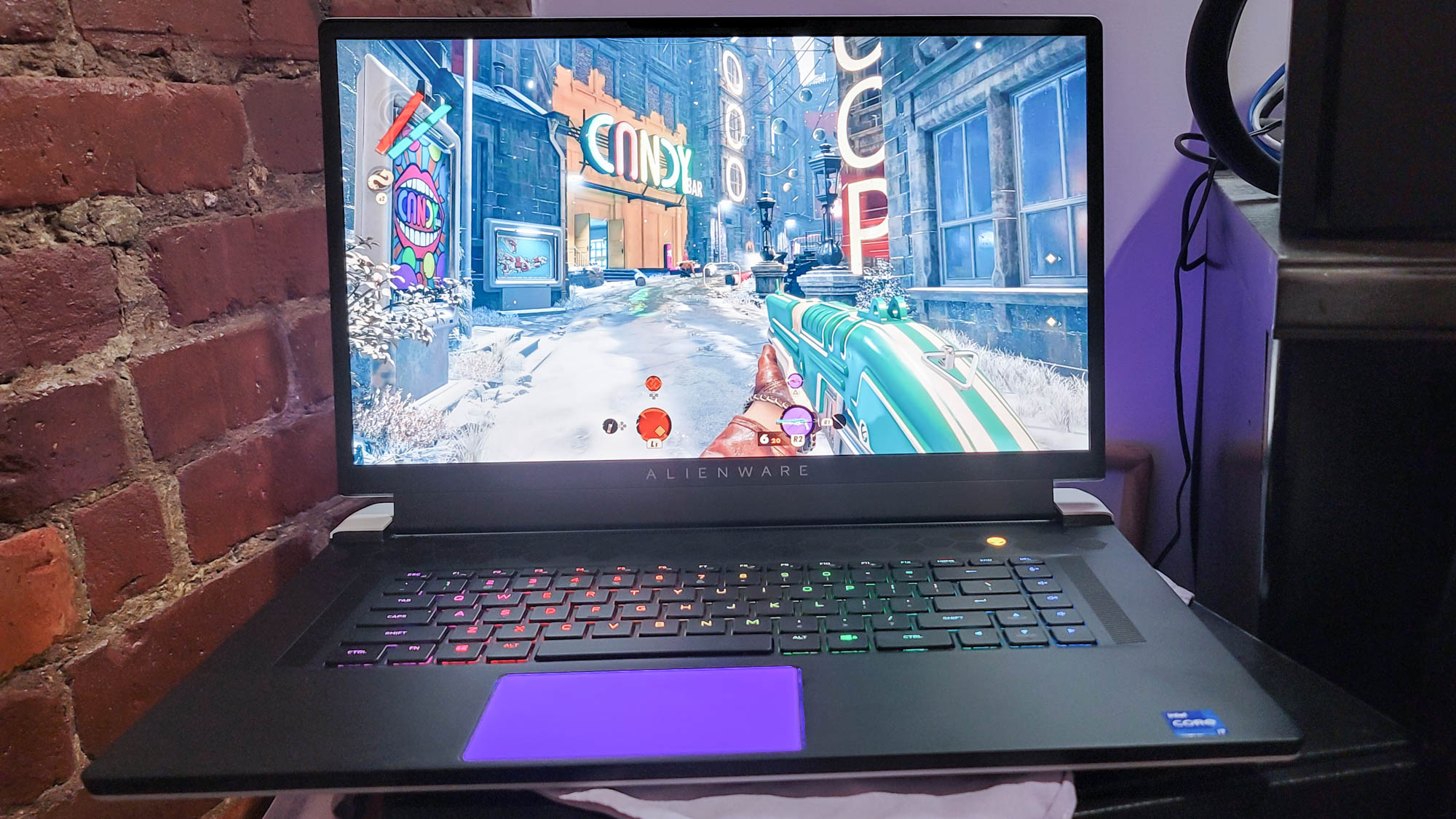
Alienware continues to raise the bar of what a gaming laptop can and should be. The latest addition to the family is the X17, a beautiful bruiser of a desktop replacement that’s only 0.8-inches thick. The ultra-premium system comes with all the fixings including an Intel Core i7 processor, Nvidia GeForce RTX 3080 GPU and dual SSDs. Need more? How’s a 17.3-inch, 4K display, powerful speakers and a Cherry MX keyboard sound?
Of course, something this pretty and powerful is also seriously expensive at $3,679 ($2,199 starting), so it’s not for the faint of heart or small of bank account. But if you can afford it, the Alienware X17 is a hell of a powerhouse that easily makes its way onto our best 4K laptops page.
See our full Alienware X17 review.
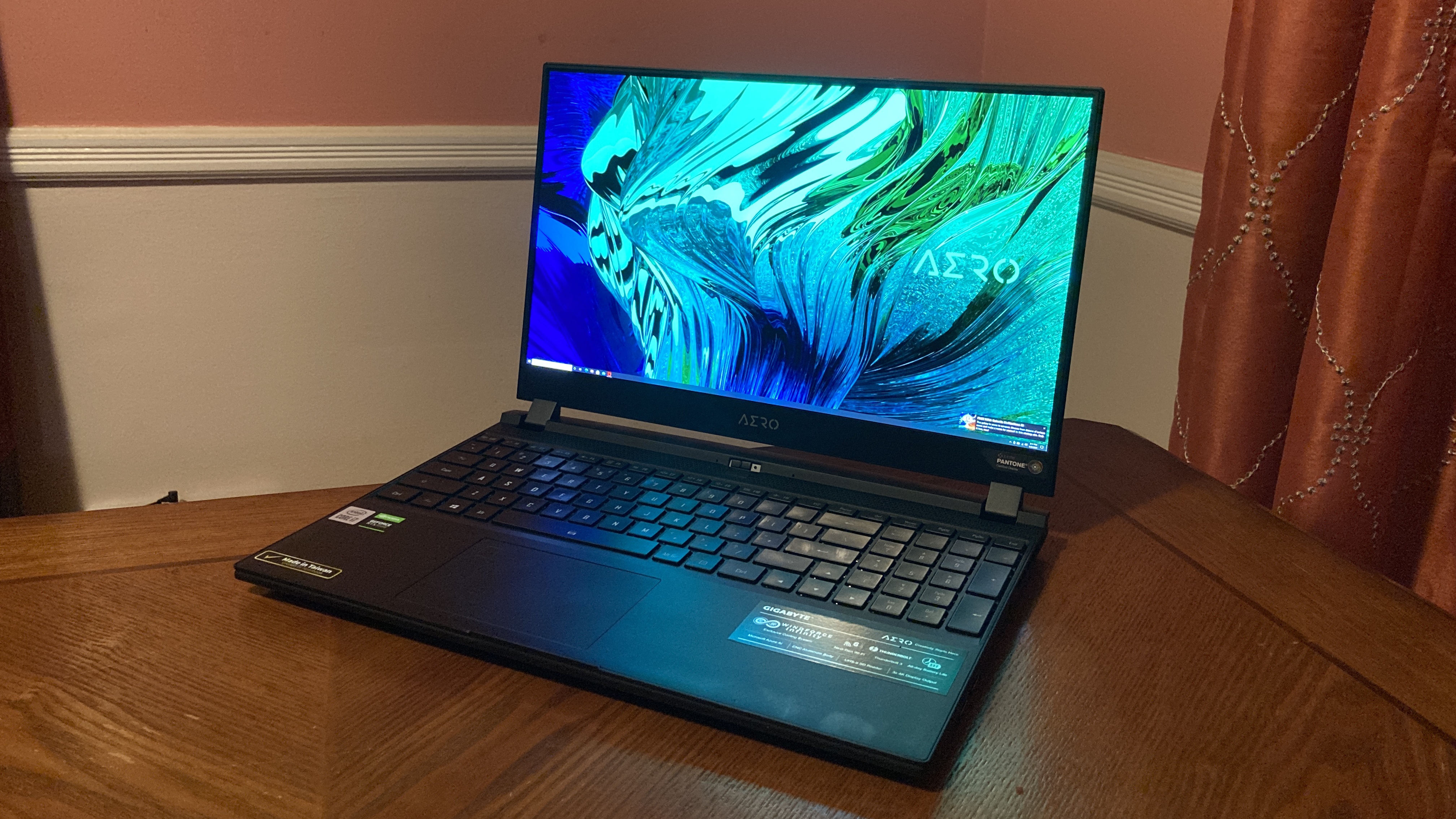
Gigabyte got a lot of things right with the Aero 15, including its sturdy, all-aluminum, jet-black chassis, gorgeous OLED panel and satisfying, clicky keyboard. Its gaming and performance benchmarks are decent, too. However, Gigabyte gets it all wrong with that awful nosecam. Considering the workforce’s new normal, I wish Gigabyte put a little bit more thought into implementing a more practical webcam. The Aero 15’s battery life could also be a concern for users who despise being tethered to a charger all day long, but short battery life is par for the course for most gaming rigs.
The Aero 15 is an excellent choice for content creators. Photo and video editors will benefit from the Aero 15’s color-accurate 4K panel, but they’ll also enjoy the pleasures of diving into one of their favorite triple-A titles after a long day of work.
See our full Gigabyte Aero 15 with 4K OLED (2021, RTX 3070) review.
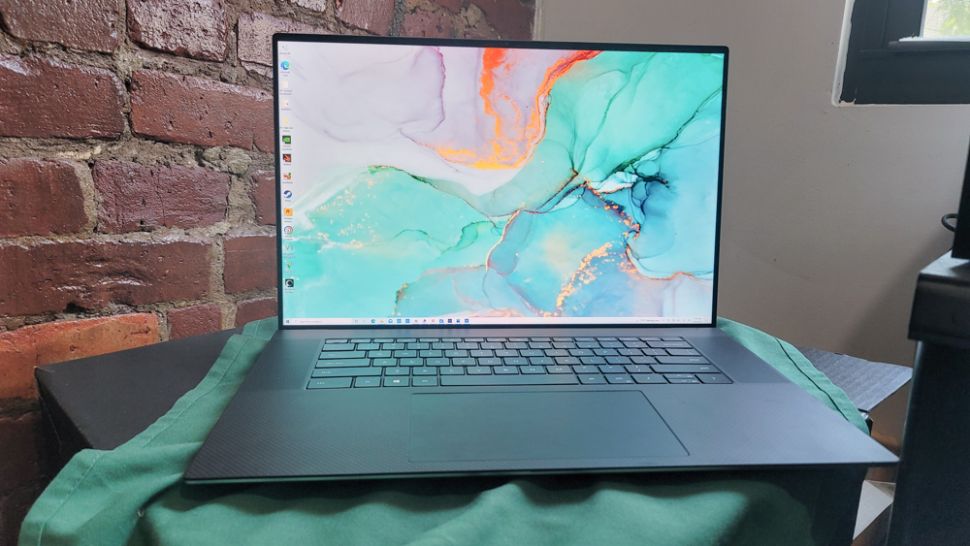
Bigger is better, particularly when it comes to the Dell XPS 17. Since its reemergence onto the premium laptop market, the big brother of the XPS 15 and 13 has flexed its muscle at every turn, serving up big heaps of performance, a head-turning 17-inch display, and excellent audio. And it has done so without being any bigger or heavier than your average 15-inch laptop. It’s big alright, but big where it counts, earning it a place on our best 4K laptops page.
However, it’s also pretty big in the pricing department with a $2,949 sticker (for our configuration); that’s sure to leave all but the most deep-pocketed shoppers clutching their wallets. And while all that power and a super high-res display is tantalizing, it does put a major dent in the endurance. But if ridiculous power in an easy-to-manage form factor is your deal, the Dell XPS 17’s shortcomings are mere quibbles.
See our full Dell XPS 17 (2021) review.
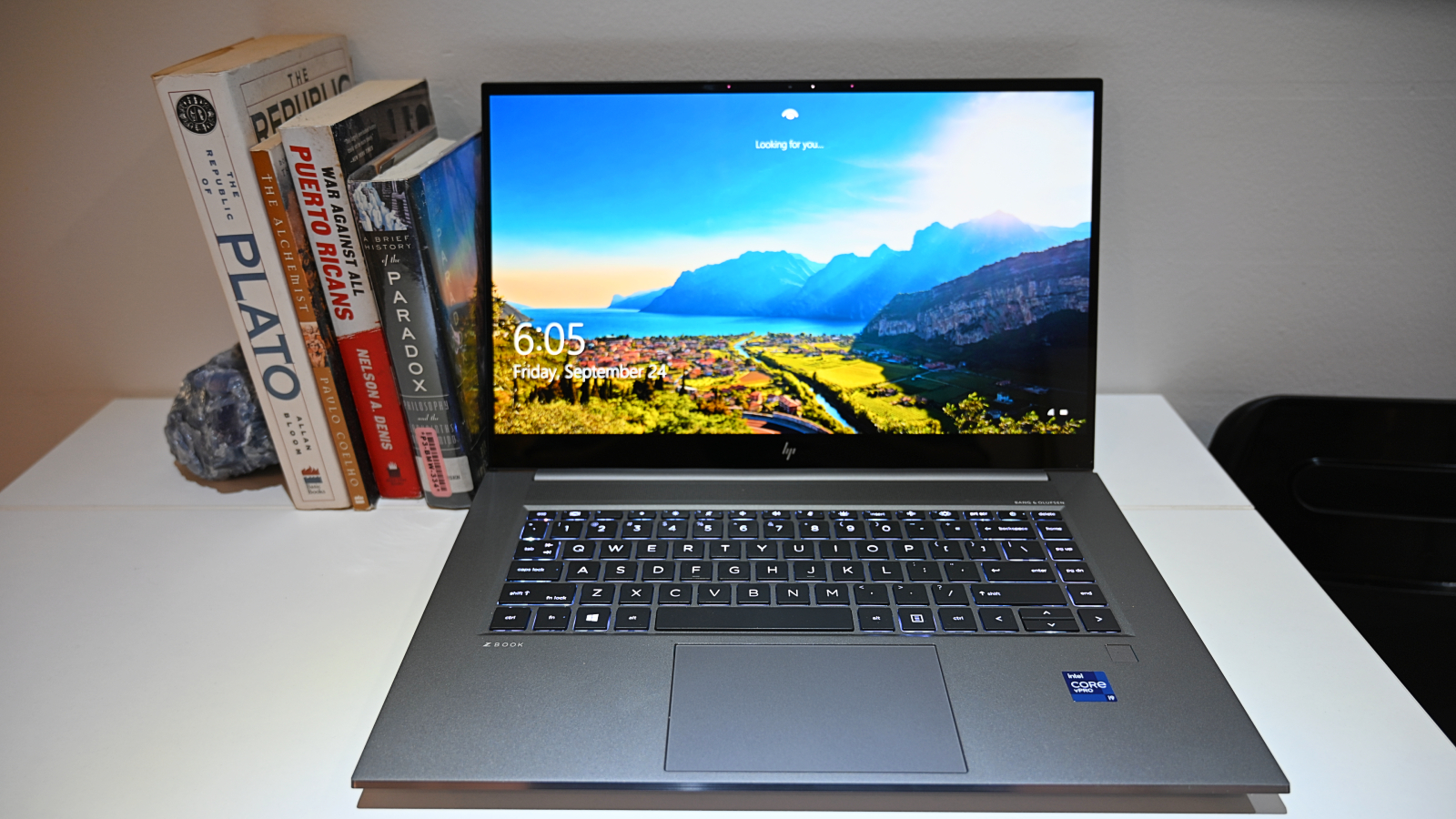
This year’s HP ZBook Studio G8 holds on to the award-winning G7 series styling but bumps up the power to help content creators with their creative projects either in the studio or in the field. The $4,727 system is gorgeous, powerful, MIL-SPEC tough, and is one of the best content creator laptops on the market. Oh, I forgot to mention, its OLED 4K touchscreen is bright, vivid and positively stunning.
This salacious attention grabber comes with an 11th Gen Intel Core i9 processor, 32GB of RAM, 2TB of SSD storage, and an Nvidia GeForce RTX 3070 GPU that will more than handle all your Adobe Creative Suite power-hungry needs and then some. It’s easily one of the best 4K laptops that we’ve tested, even if it’s priced at a whopping $4,727 as reviewed.
See our full HP ZBook Studio G8 review.
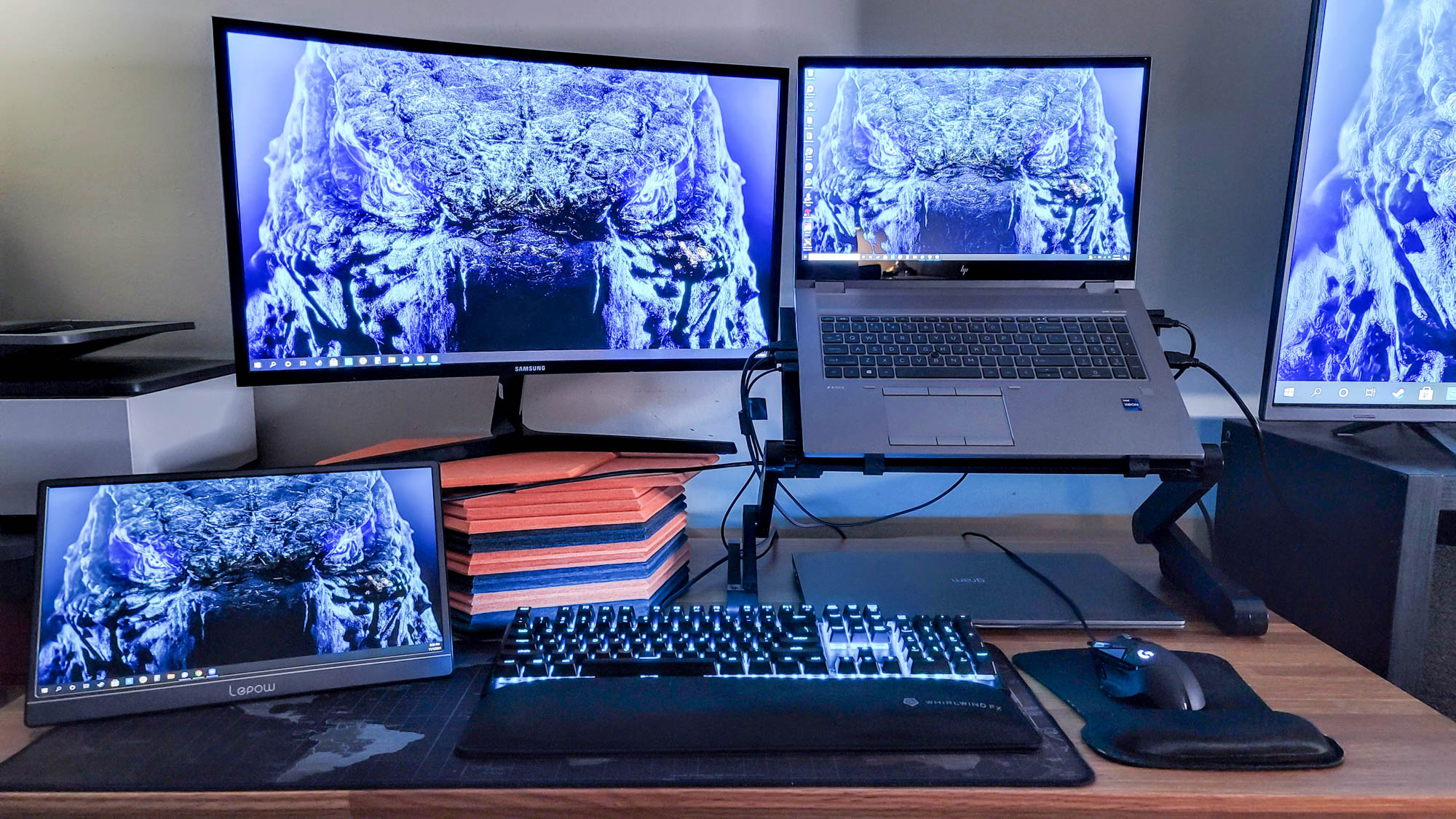
Is the HP ZBook Fury 17 G8 the best workstation on the market? I suppose that depends on your budget and configuration, but if your pockets are deep enough for an Intel Xeon processor and Nvidia RTX A5000 graphics (boy howdy!), this is about as future-proof as laptops get right now.
In terms of raw power, this notebook is tough to beat, and even if it runs out of battery when you’re on the go, it’s still heavy enough to fight crime with. Granted, the $6K configuration we tested is overkill for most laptop users; it’s nigh impossible for this kind of mobile muscle to fail too hard on our standard benchmarks. And that’s partially the point, in my opinion. The world of mobile tech continues to march forward at an exponential rate, and if you don’t have the right laptop for your respective career, opportunity might very well pass you by.
But that’s hardly a concern with the ZBook Fury 17 G8 thanks to a stunning 17.3-inch touchscreen, intimidating specs under the hood, and plenty of ports to power your pertinent peripherals.
See our full HP ZBook Fury 17 G8 review.

Meet the workaholic’s dream. The Dell Precision 5760 is priced at $2,059 to start, with our review unit costing $3,941, is a sleek, sexy workstation that offers power and endurance in a thin, portable package. But the Precision’s just getting started.
It has a massive 17-inch bright, colorful WLED 4K touch display that renders smooth eye-catching images and video. And you’ve got some solidly potent specs, including an11th Gen Intel Core i7 CPU, an Nvidia RTX A3000 GPU, and a 2TB SSD. Plus, you get a heaping helping of security features.
The Dell Precision 5760 is packed full of wins and earned its way onto our best 4K laptops page.
See our full Dell Precision 5760 review.
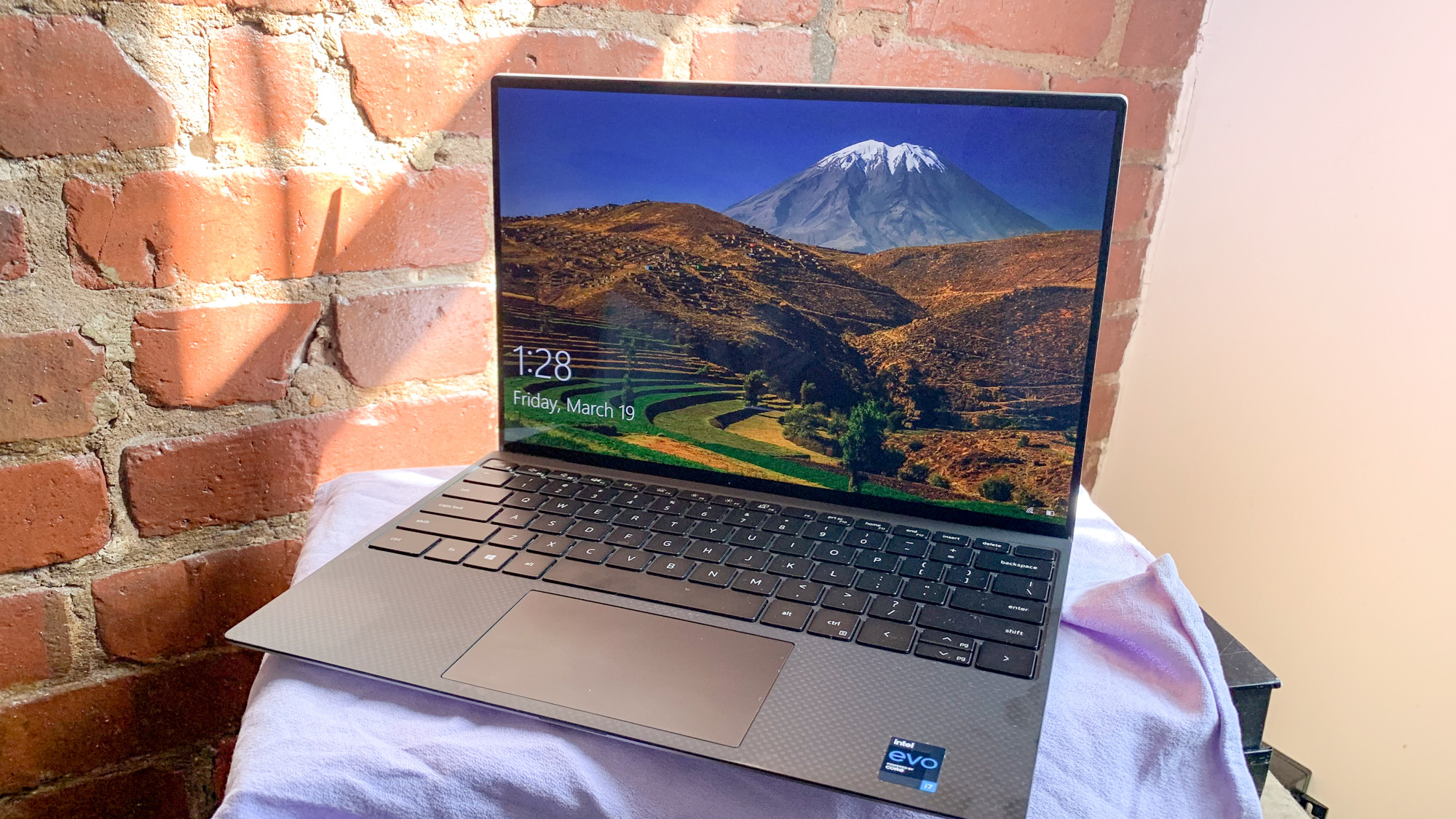
At this point in the game, Dell has the premium ultraportable thing down to a science. The Dell XPS 13 has undergone a number of small tweaks, including a smaller frame, thinner bezels all around, and a bigger keyboard and touchpad. Pair that with one of Intel’s latest 11th Gen processors and new integrated GPUs and you’ve got a laptop that looks good and works hard. Plus, you’ve got a lovely super high-resolution screen to gaze into.
While it’s really hard to find any faults in the XPS 13, there are a couple –– namely below-average battery life and a lack of ports. Despite this, the Dell XPS 13 earns its spot on our best 4K laptop page and is a top pick for anyone looking for a premium ultraportable.
See our full Dell XPS 13 (Model 9310, 4K) review.
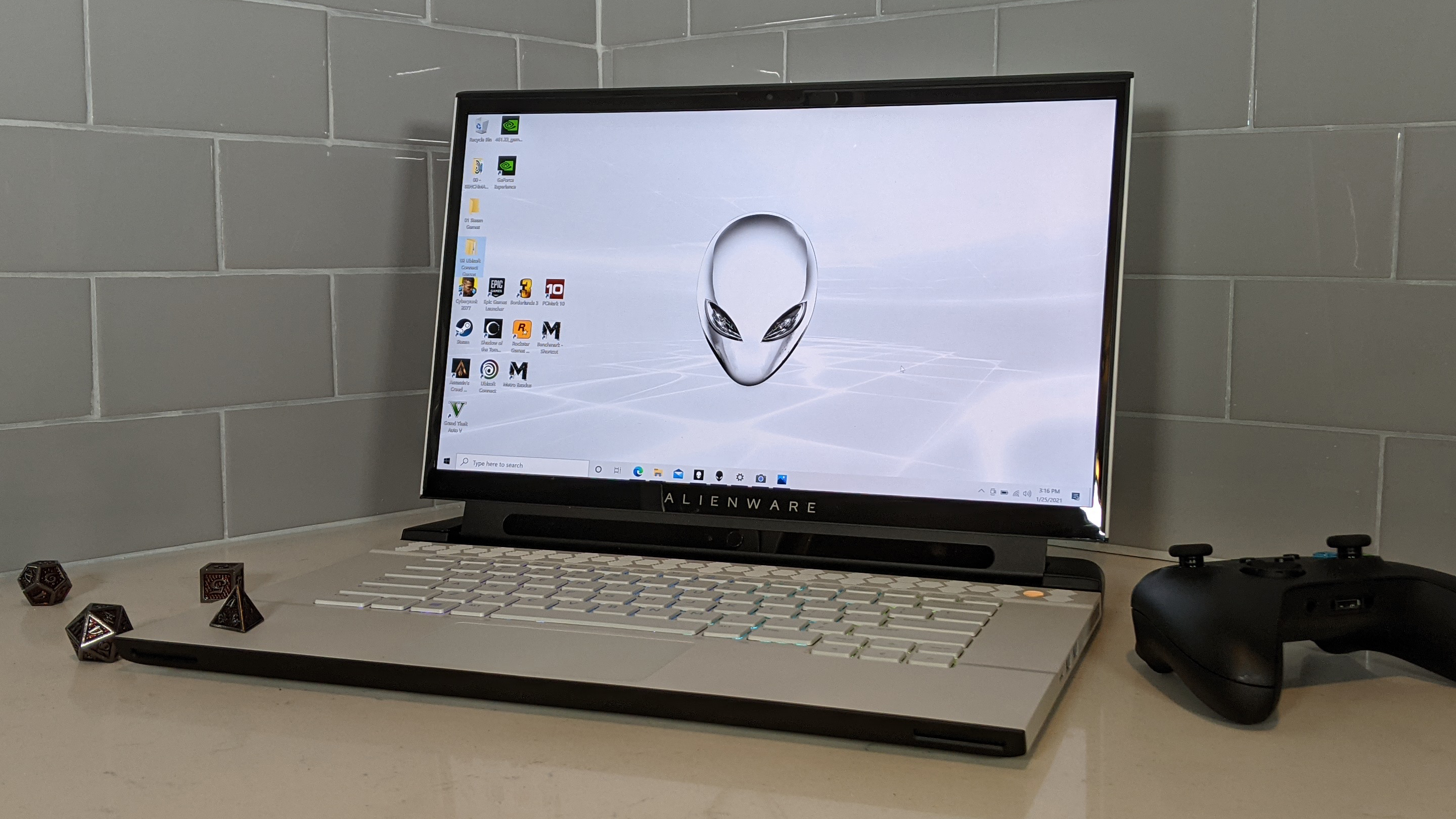
Are you thirsting for some Nvidia 30-series badassery? Well, look no further than the brand spankin’ new Alienware m15 R4. This baby has it all. Power, beauty (on the inside and out) and a soft touch. For a hefty $2,499, the Alienware m15 R4 will grace you with its intense Intel Core i7-10870H processor and Nvidia GeForce RTX 3070 GPU, a poppin’ 15.6-inch, 4K OLED display and a punchy keyboard wrapped in a familiar but stylish design.
According to our colorimeter, the Alienware m15 covered a whopping 149.5% of the DCI-P3 color gamut, sailing well past the average premium gaming laptop (89.9%). At 362 nits, the Alienware m15 exemplifies what a premium gaming laptop should look like, toppling the 346-nit category average. In the trailer for Another Round, Mads Mikkelsen’s maroon shirt was so vibrant and bold, I thought I was watching Hannibal for a second. In the same scene, the panel was so bright that it detailed the carpet in the background of the dimly-lit restaurant. Mikkelsen’s hair was also as sharp as ever, literally and figuratively.
See our full Alienware m15 R4 (RTX 3070) review.
How to choose the best 4K laptops for you
Choosing the best 4K laptops for you really depends on what you’re using the laptop for. Do you just want to watch movies on a pretty screen? Are you into gaming and want to experience high frames all in 4K? Or are you a professional creator that needs a 4K laptop for video editing and 3D modelling?
If you just want something nice to look at, your best bet is picking up the HP Spectre x360, which will net you a vibrant 15-inch, OLED display for a relatively affordable price. If you’re a hardcore gamer that what’s the best gaming laptop around with a 4K display, go with the MSI GT76 Titan — it’ll straight up rip and tear through the best PC games. However, if you’re looking for a workstation, take a look at either the Razer Blade 15 Studio Edition or even HP ZBook 17 G5.
How we test the best 4K laptops
We put each laptop through extensive benchmark testing — both synthetic and real-world — before they end up in the hands of our reviewers. We evaluate each aspect of the laptop, including its performance, battery life, display, speakers and heat management.
In our benchmark testing, we use a Klein K10 colorimeter to detect the brightness and sRGB color gamut of the laptop’s display. For performance testing, we run the laptop through a gauntlet of benchmarks, including Geekbench 4.3 and 5.0 and 3DMark professional graphics tests.
To determine real-world performance, we task the laptop to convert a 4K video to 1080p resolution and to duplicate a 4.97GB multimedia file. Our real-world graphics test is the Dirt 3 benchmark with medium settings at 1080p resolution.
We also run heat tests by playing a 15-minute full-screen video and measuring temperatures in different areas of the laptop. Last but not least, our battery test consists of continuous web surfing over Wi-Fi at 150 nits of brightness. For MacBooks and premium Windows 10 laptops, a runtime of over 9 hours is considered a good result whereas gaming laptops and workstations that can stay powered for longer than 5 hours deserve praise.
These tests are complemented with extensive hands-on testing from our reviewers who critique everything from the laptop’s materials to the feel of its touchpad.

